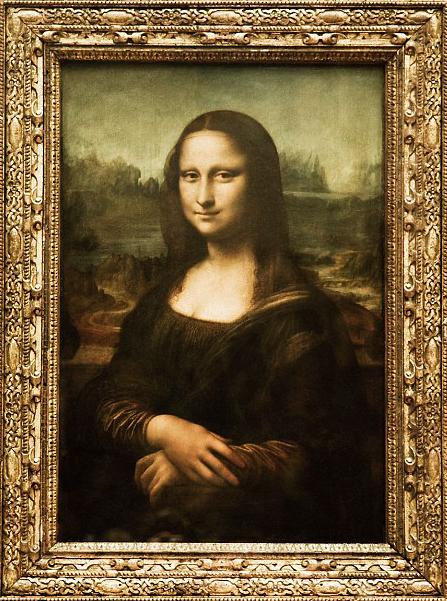The woman portrayed in the ‘Mona Lisa’ is not Lisa Gherardini according to an Italian historian.
Going against the traditional view regarding the identity of the sitter, academic Roberto Zapperi claims that Leonardo Da Vinci’s iconic portrait is not of Gherardini, wife of Florentine silk merchant, politician and patron of the arts Francesco del Giocondo. He claims the sitter was Pacifica Brandani, the mistress of Italian nobleman Giuliano de’ Medici. De’ Medici was the son of Lorenzo the Magnificent, the powerful ruler of the Florentine Republic, and Brandani was a noblewoman at the court of Urbino.
Zapperi lays out his theory regarding the identity of the sitter in his book ‘Monna Lisa addio: La vera storia della Gioconda’ (Goodbye Mona Lisa: The true story of the Gioconda). He dismisses Italian painter and architect Giorgio Vasari’s assertion in ‘Le Vite de’ più eccellenti pittori, scultori, ed architettori’ (Lives of the Most Excellent Italian Painters, Sculptors, and Architects, 1550) that Gherardini is the subject of Leonardo’s painting. Vasari wrote: “Leonardo undertook to paint, for Francesco del Giocondo, the portrait of Mona Lisa, his wife....”
Rather, Zapperi relies on the testimony of the cleric Antonio De Beatis, who saw the painting in Leonardo’s hands on 10 October 1517 at the Château du Clos Lucé in Amboise, France when the artist lived and worked there. De Beatis wrote in his diary describing the work as being commissioned by “the magnificent Giuliano de’ Medici”.
Brandani died on 18 April 1511 while giving birth to her and De’ Medici’s son, Ippolito. The boy grew up at the court of his uncle, Pope Leo X, and remained unaware of his mother’s death. According to Zapperi, it was then that De’ Medici asked Leonardo to paint a portrait of his lost love. The painting is usually attributed to being painted between 1503 and 1506.
However, Zapperi’s theory has gained weight since experts discovered the location of the landscape shown in the ‘Mona Lisa’. They identified parts of the painting as showing areas in the former Duchy of Urbino, a historic region that embraces Marche, Emilia-Romagna and Tuscany.









